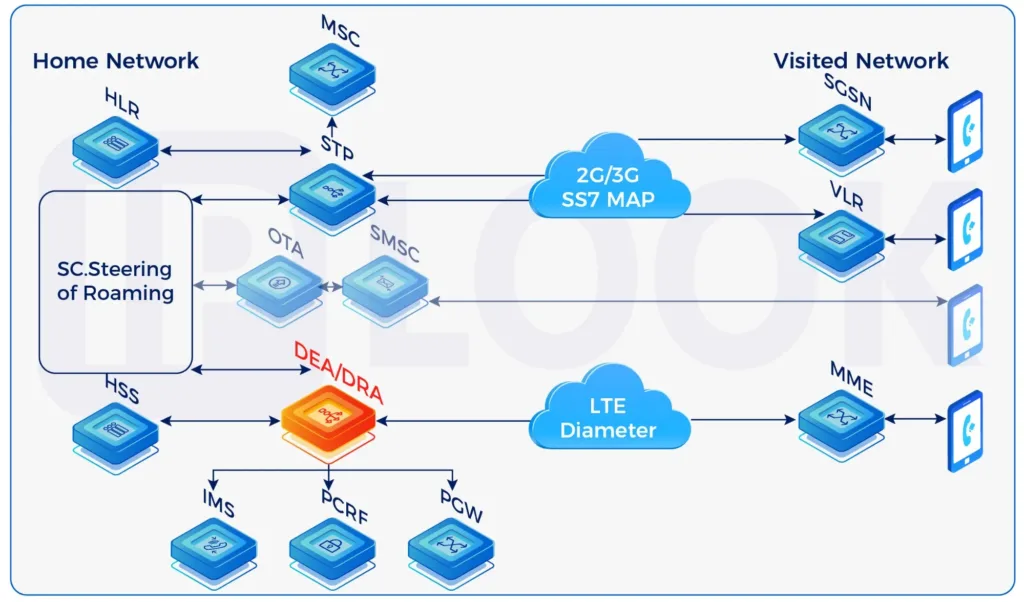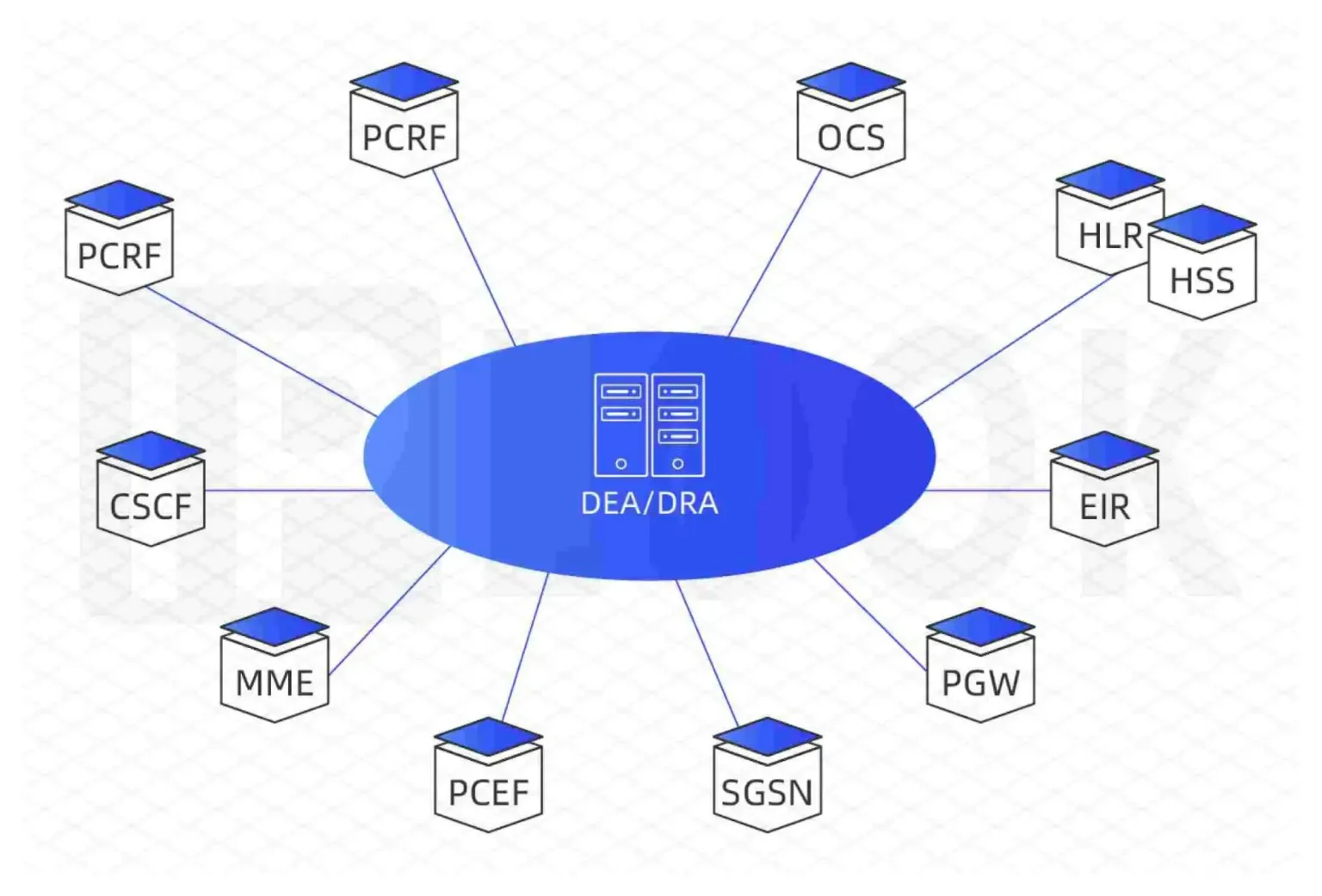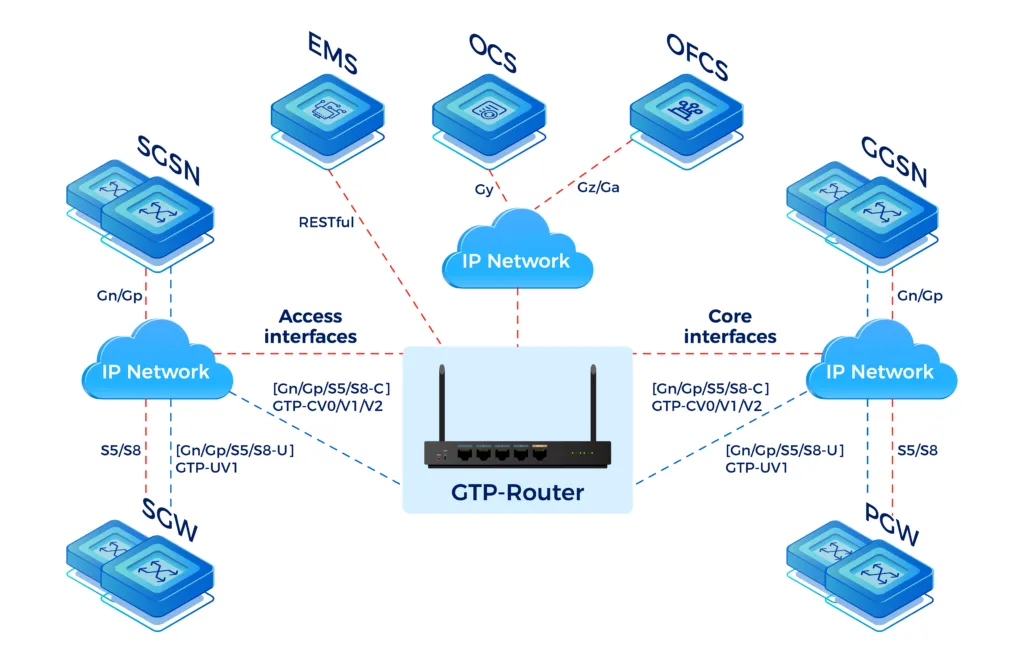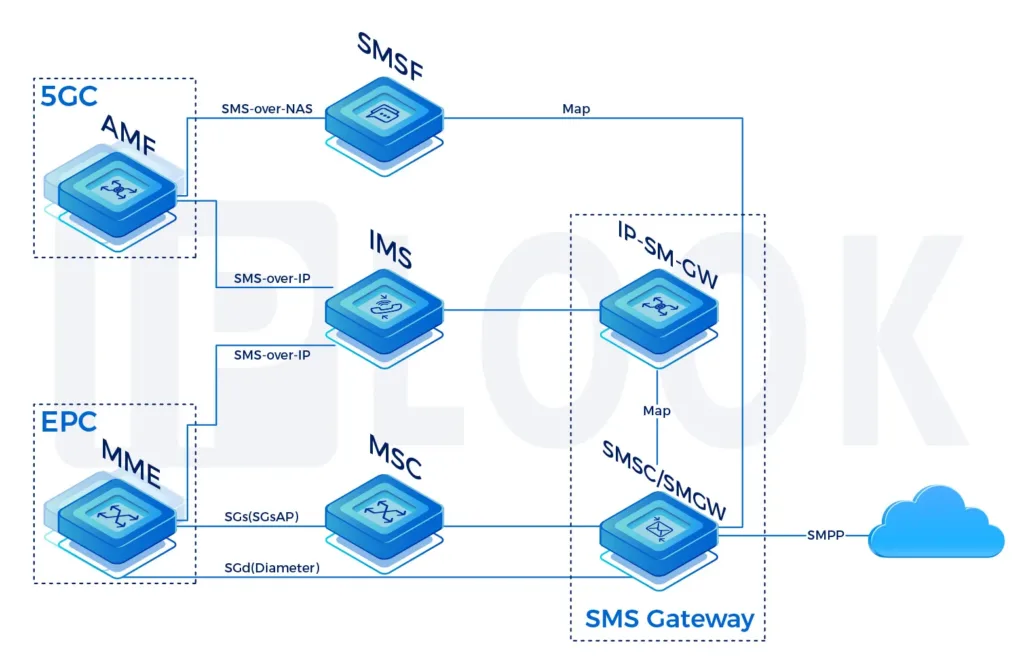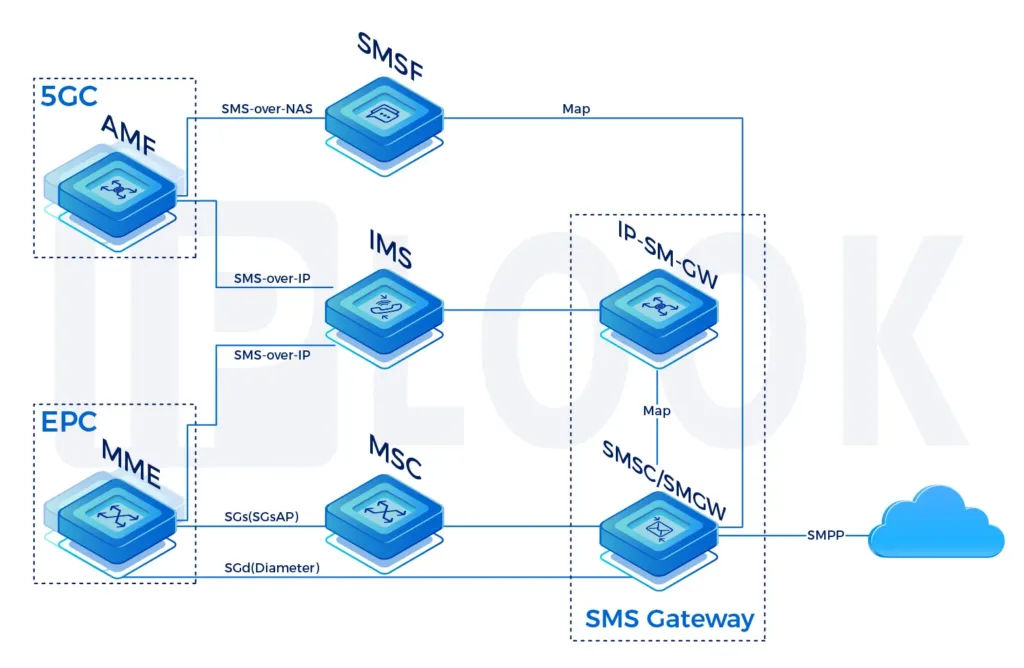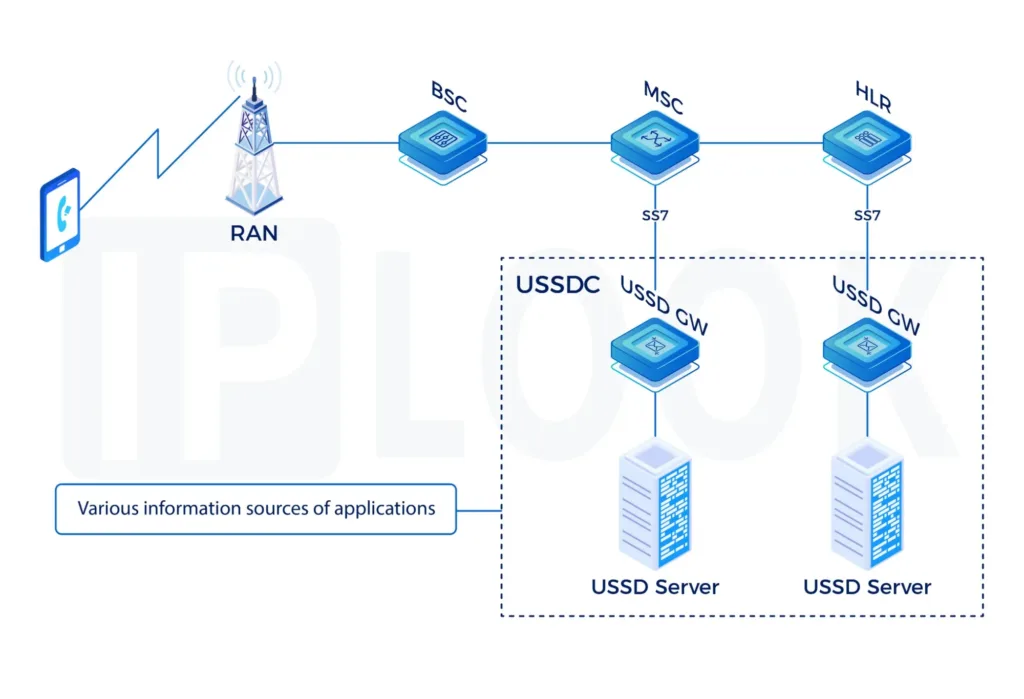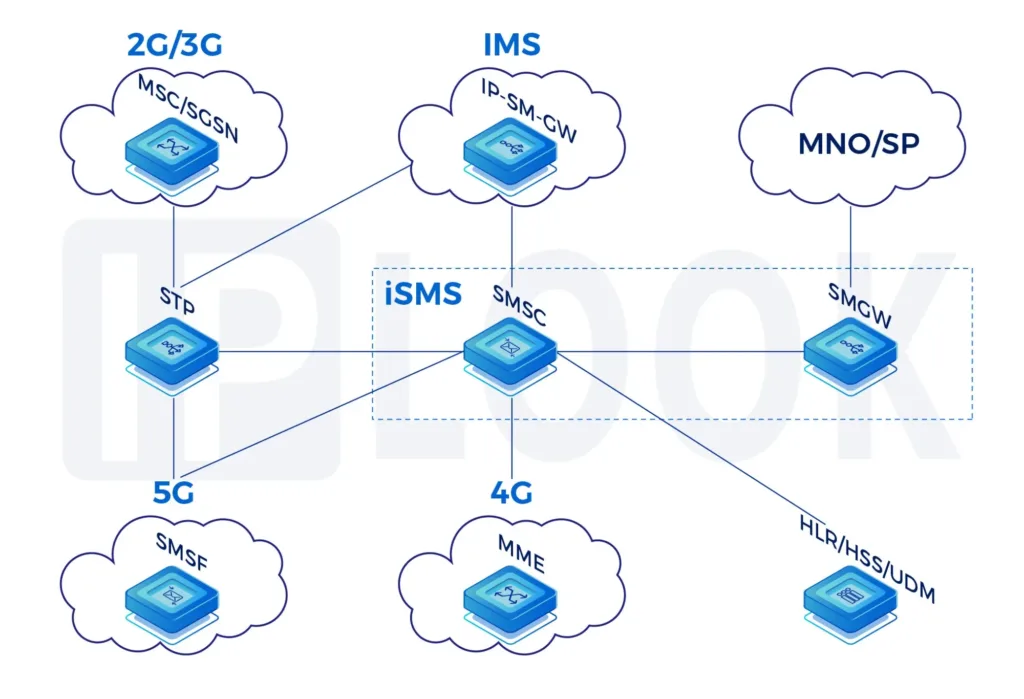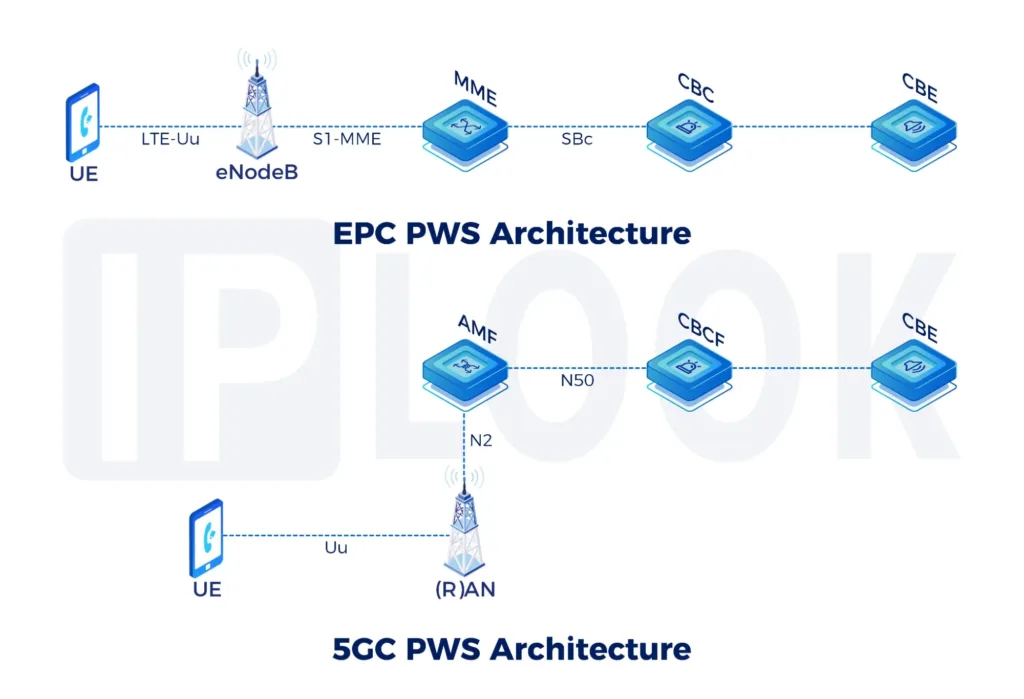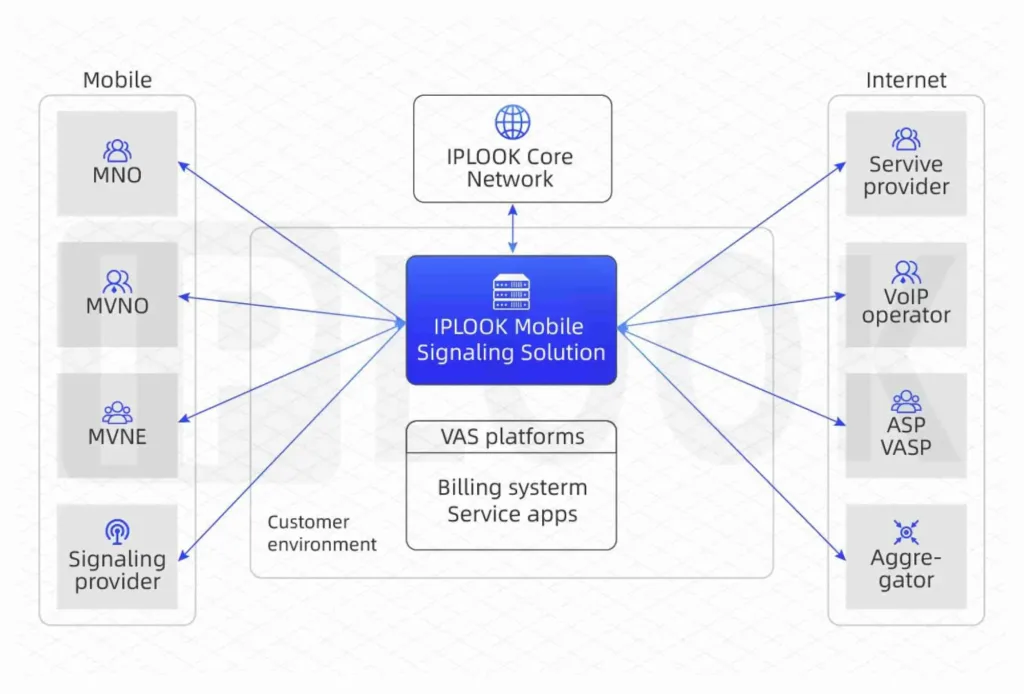Our High-Performing Core Network
Fully virtualizable on VMware, K8S, Docker and OpenStack containers
Diameter Routing Agent (DRA)
A Diameter Routing Agent (DRA) is a functional element in a 3G or 4G (such as LTE) network which provides real-time routing capabilities to ensure that messages are routed among the correct elements in a network. The DRA was introduced by the 3GPP to address the increased Diameter signaling traffic and growing complexity of 4G LTE networks.
Networks with complex architectures and multiple Diameter nodes require an advanced Diameter contextual routing engine. Choosing a DRA that’ s capable of advanced contextual routing is essential to managing network complexity and capitalizing on all that 4G LTE has to offer.
Key Benefits

Low CAPEX & OPEX
Single integrated platform for DRA and DEA

Interoperability
Allow to work different Diameter products and brands

High Scalability
NFV compliant allowing delivery on a range of cloud

Support multiple network
Diameter, RADIUS, SS7 and various IT protocols

Flexibility required for Roaming
DEA for connection to IPX and other operators

Future-proof, extendable approach
New interfaces and features can be supported by the same solution.
IPLOOK's DRA Enable interoperability, elastic growth and congestion control
- IPLOOK offers an integrated DRA software solution dedicated to run on any hardware or cloud infrastructure for Network Function Virtualization (NFV) to cope with such new challenge of engineering Diameter traffic deeply into the Evolved Packet Core (EPC) Network. Our solution is the enabler of fluid Diameter traffic between the key components of the IMS based network architecture namely HSS, AAA Server, PCRF, OCS on one side and PCEF, MME, PGW and SGSN on the other side thanks to its combination of DRA and Diameter Edge Agent (DEA) .
- IPLOOK DRA empowers operators and vendors to independently resolve signaling issues and enable advanced service scenarios, across vendor and access technologies.
Features
Peer-to-peer management:
- The connection to the peer fully complies with the RFC3588 standard
- The DRA device support static configuration of the peer, including the host name, IP address, port, etc. of the peer
- The DRA appliance supports redundant backup or load sharing of the signaling processing unit
- Multiple load-sharing and master Diameter links can be created between DRAs and between DRAs and other Diameter devices
- Support peer link fault detection function, and support for failover and reversionSupport peer link fault detection function, and support for failover and reversion
- VoNR
5GC NFV Architecture
- Supports addressing based on the content of the following Diameter messages
- IMSI
- Support multiple configurable fixed-length IMSI number prefixes for maximum matching, with priority to match by maximum length
- Full matching of IMSI number
- Application ID
Diameter signaling relay function
- Proxy Approach - Support the Relay/proxy method as defined by RFC3588
- Type of application
- For relay mode, it can support the routing of all Diameter applications.
- For proxy mode, it supports the route of Diameter application of S6a, S6d, S13, Cx interface, and can support the route of other Diameter application through software upgrade according to the need.
- The proxy mode for different Diameter applications is configurable, and the proxy mode for different nodes and the type of application supported are also configurable on a node-by-node basis.

